As a society, we buy into the notion that “hard work pays off.” From birth to the grave, that saying is bantered around as if it were scripture. But the reality is that laws that seem to be set in stone are only ever etched on with chalk. There are a lot of situations in which even an ungodly amount of hard work and dedication won’t yield favorable results. Sometimes, you play all the cards right, only for external forces to interfere. Few things in life teach you this humility better than mountaineering. And few shows, both real and fictional, depict how grinding the sport of mountaineering can be as Encouragement of Climb.
Encouragement Of Climb In A Nut-Shell
Due to its genre and the fact that the first three seasons are short-form episodes ranging from 5 to 15 minutes, Encouragement of Climb is easy to overlook. But it’s precisely those things that make it work so well. With short-form anime, you can’t waste any time getting your point across. The anime excels at quickly building character relationships and eloquently establishing the topics it will cover. Spanning four seasons, all animated by 8 Bit, Encouragement of Climb focuses on the mountaineering adventures of four girls. Though two of them, Aoi Yukimura and Hinata Kuraue, initially take the limelight.
In a scene that’s commonplace in anime, the story starts with the peaceful life of a reserved character (Aoi) being disturbed by a long-forgotten, hyperactive, and extroverted friend (Hinata). Upon reuniting in school, Hinata immediately descends upon Aoi. As the school day concludes, Hinata takes Aoi to her house and tries to get her interested in the childhood hobby they shared. To Aoi’s discontent, this hobby happens to be mountaineering. While Aoi once adored the pastime, an unfortunate accident resulting in a broken leg left her with acrophobia, and she has since confined herself to indoor hobbies.
But Hinata is nothing if not persistent, and whether Aoi would like to admit it or not, the mountains beckon. After all, the outdoors is like herpes; once you get it, you’re stuck with it for life. Initially, Aoi and Hinata venture into relatively easy climbs, and as Aoi becomes more comfortable with mountaineering, they up the ante by not only attempting to summit Mount Fuji, but also by revisiting the mountain of their childhood memories (Mount Tanigawa) to once again see the sunrise they did back then. As the show progresses, we’re introduced to the other two main characters, Konoka Aoba and Kaede Saitou. The supporting characters of Honoka Kurosaki and Koharu Senjuin are introduced in the second and fourth seasons, respectively. While you get a lot of genuine moments between the characters and their peers and parents, the show never strays from the mountains and how they influence them.
So, What Exactly Is Mountaineering?
While mountaineering is often interchangeably associated with hiking, it’s important to note that there is a difference. Hiking is not dependent on summiting any peaks, while mountaineering depends on it. Hiking is usually only a few hours long, while mountaineering can range in how much time it takes. Some trips can be as short as a few hours, while more challenging, more technical peaks take weeks to climb and months of pre-arrival preparation. Unlike hiking, mountaineering also includes several other aspects, such as rock climbing, skiing, and scrambling.
Encouragement of Climb Gets Mountaineering Right!
Most of us scoff at the idea of regular exercise, so the thought of climbing so far up a mountain that you can’t even breathe is akin to madness. For some, however, that challenge becomes an obsession. But why? Is it the pleasure one gains from knowing you can push past bodily limitations? Is it the fact that time spent in nature heals? Or is it all just for the views one gets at the peak? Well, all of the above!
Encouragement of Climb makes it abundantly clear that the main protagonist isn’t a super fit person. She’s normal, with below-average stamina and strength. Aoi’s character is introverted; she lacks confidence and easily lets her fears overcome her. So, what better way to show the struggles of personal growth and how hard it is to climb the mountain of self-betterment than by showing a person climbing an actual mountain?
Throughout the series, you see how Aoi struggles with the sport. She laments how physically demanding mountain climbing is and shows apprehension over the mentally taxing parts of it. She fails at what she does, even though she tries her best. Yet, for no reason other than to see the views that peaks offer, she gets up and tries again.
You’re Going to Fail, and That’s Okay
It’s an unfortunate byproduct of modernity that phrases like “failure is not an option” are so prevalent. The drive for constant perfection and results puts some people into an early grave and puts a permanent scowl on the faces of many more. Hard work gets results, or so we’re told. But in mountaineering, that’s less a law and more a suggestion. While stamina training and pre-trip preparation are a necessity even higher-altitude mountains can be attempted by someone of normal physical strength, and that’s depicted in Encouragement of Climb.
Peaks like Mount Adams (Washington, USA), Volcan Acatenango (Guatemala,) or Mount Fuji (Japan,) which are all over 3000 meters in elevation, can be climbed by novice, moderately fit mountaineers. Though calling them easy isn’t quite right. As shown in Encouragement of Climb, preparation is your friend, and understanding your limitations and setting your own pace is of the utmost importance besides the dangers one would associate with mountaineering, such as falls and hypothermia. When tackling higher peaks (mountains over 1500 meters), there’s also the risk of altitude sickness. At 4000+ meters, high-altitude pulmonary edemas and high-altitude cerebral edemas begin to occur. But that’s the more technical side of things.
Encouragement of Climb does an eloquent job of showing how elevation influences everything from temperature to precipitation on a mountain. A mountain’s lapse rate changes by 1°C per 100 meters, meaning that even if you’re balmy at the base, a 2000–3000-meter peak will be chilly. Since mountains also deflect wind, you can expect peaks to have sporadic, strong gusts. We’re shown this during Aoi’s first attempt to summit a peak. Despite all her preparations, she succumbs to altitude sickness and has to abort her ascent. Likewise, pushing yourself too hard, even on a smaller peak, can result in injury, as shown by Hinata on a relatively easy hike.
Your Gear Is an Investment
The outdoors are a luxury; let’s make that clear. Sure, you can visit a lot of outdoor places for free. But if you want to travel to destinations, it can be expensive. Any newcomer can be forgiven for questioning whether dishing out the big bucks on something you won’t use often is a financially sound idea. But, as Kaede mentions in one of the episodes when Aoi brings up the cost of hiking boots, “People used to climb Mount Fuji in sandals.” For the most part, you can attempt some pretty challenging routes with things you already have. However, if you can invest in gear, why wouldn’t you? Don’t underestimate mountains. Take time to understand that if you get hurt while on a mountain, getting back down will be an issue.
Investing in gear that enhances the security of your trips is a wise choice. You’re not investing in frivolous glamour; It’s peace of mind. That’s the case with everything, from boots to backpacks, and the show goes above and beyond with this, devoting multiple episodes to gear. But if the expenses associated with gear are less an issue of not wanting to and more of being unable to, know that brands like High Sierra and Decathalon all have reliable gear at lower-range prices.
The Joys Of Encouragement of Climb
Encouragement of Climb is one of those rare shows where the episodes feel longer than they are. You find yourself so immersed in what’s happening that you lose track of time. The way the characters interact is so genuine. There is no idealistic portrayal of friendships; you get the regular day-to-day experiences you would live through. The characters aren’t living in a magical world where parents are in the same category as chupacabras and Loch Ness monsters. They’re present and interact with their kids the same way any parent would. They show concern, anger, and joy at seeing their kids explore the world and learn new things about themselves. They travel with them to new locations and get them involved in other outdoor activities, and that’s a rarity in anime.
The passion the girls show for their sport is so contagious that other classmates are drawn to it and attempt it themselves, and honestly, that’s how it works in real life. Many people who enjoy the outdoors didn’t get into it because they had a personal connection with nature. Instead, someone they knew hyped it up so much they followed suit. While mountaineering is always the main topic, it doesn’t overwhelm, and several episodes are devoted to day-to-day life. At times, mountaineering takes a back seat as the characters willingly or unwillingly deal with other things in their lives. But no matter what they’re doing, the mountains are always on the mind.
You can watch Encouragement of Climb on HIDIVE.
© Shiro / Earth Star Entertainment / “Yama No Susume Next Summit” Production Committee
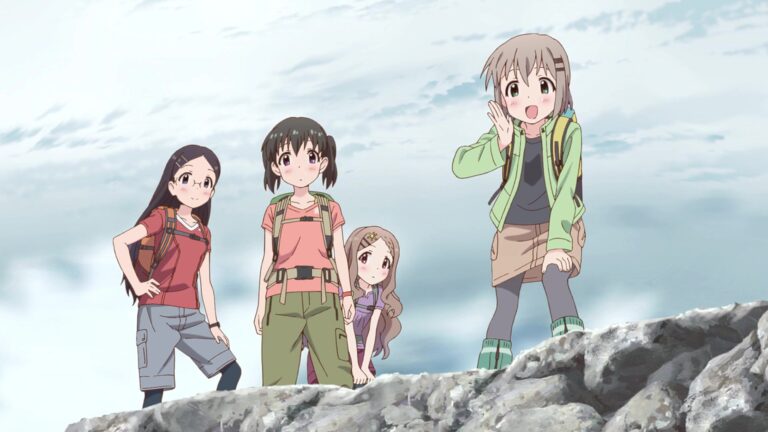

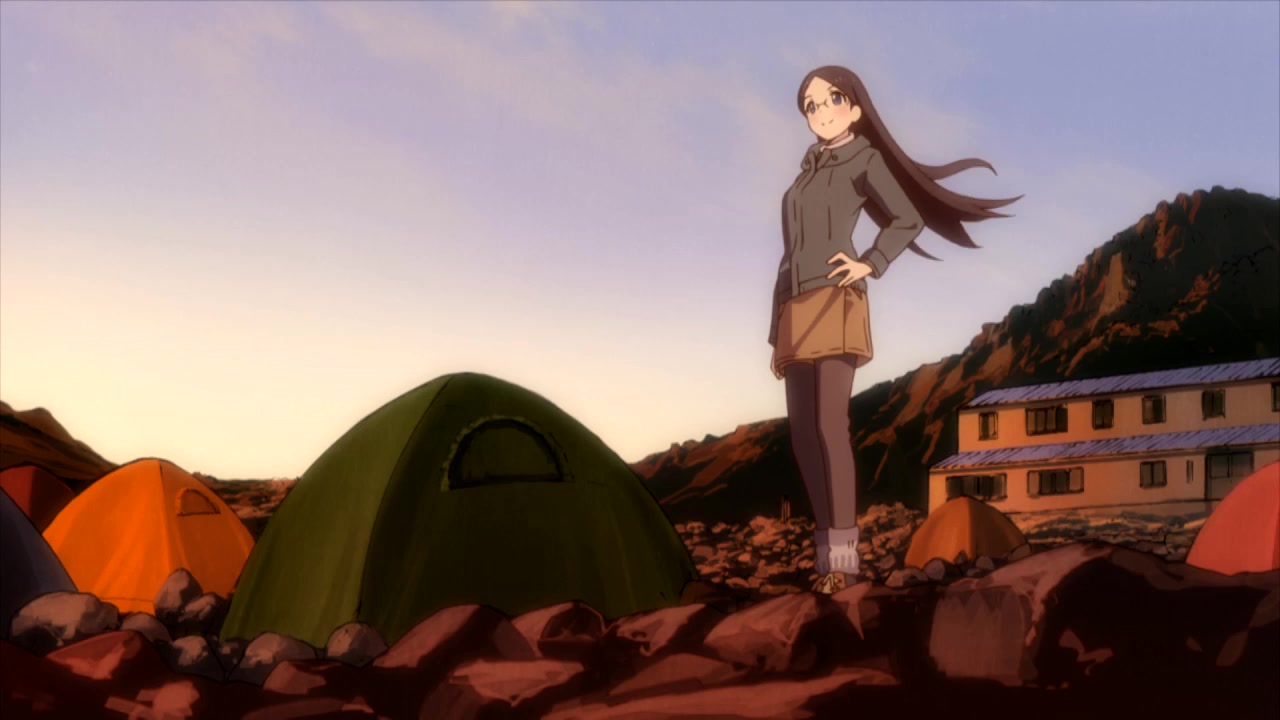
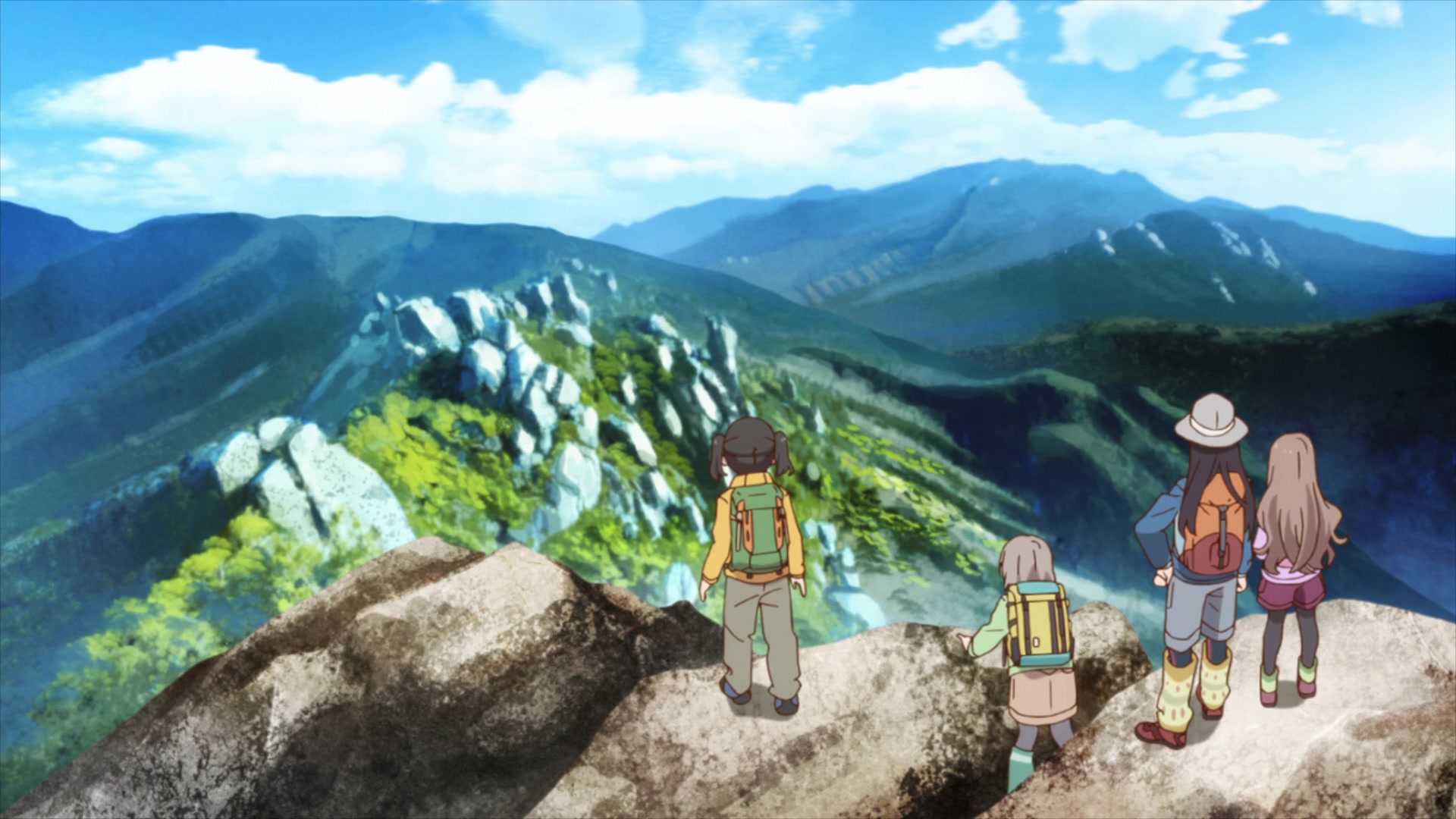
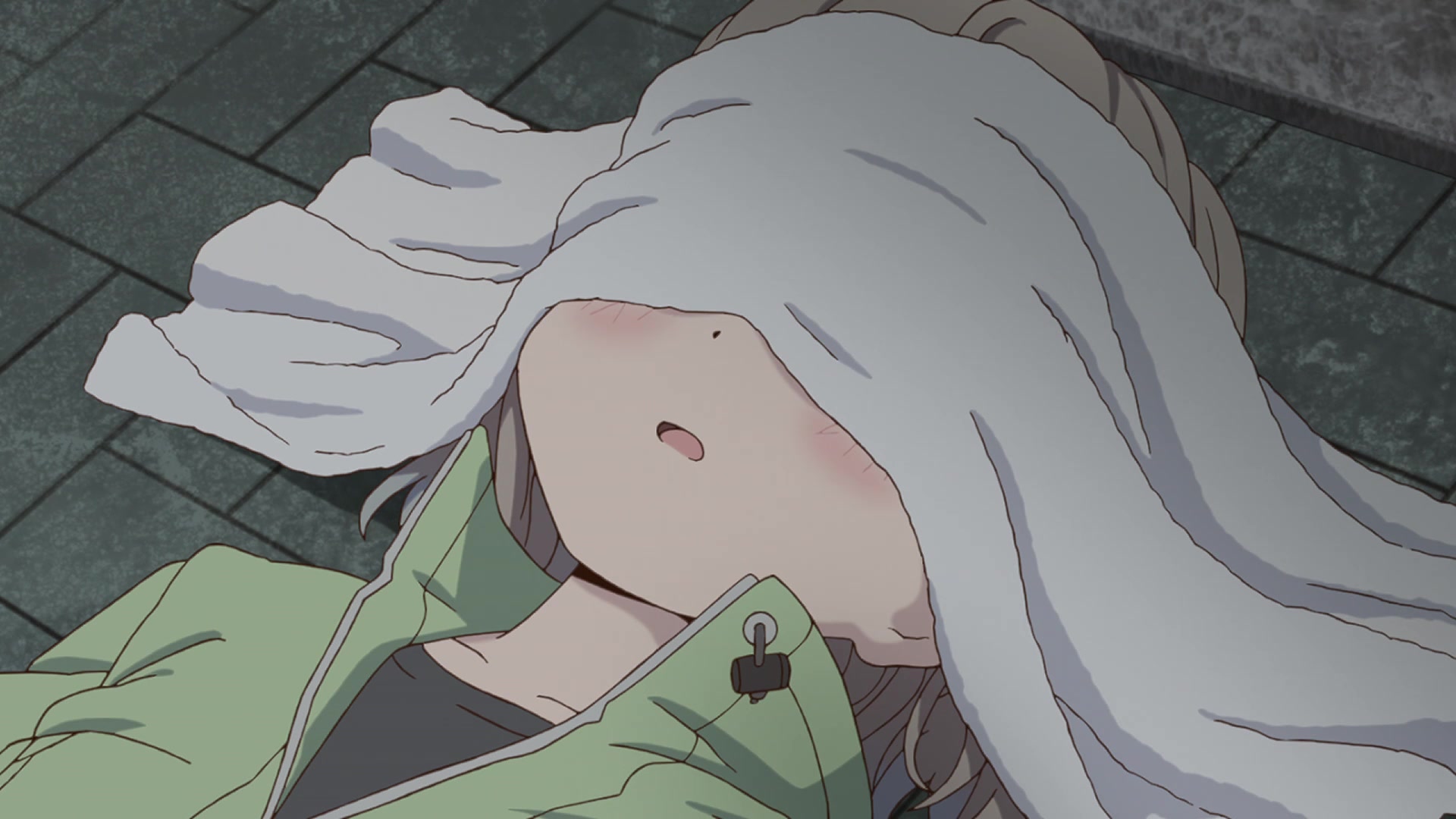
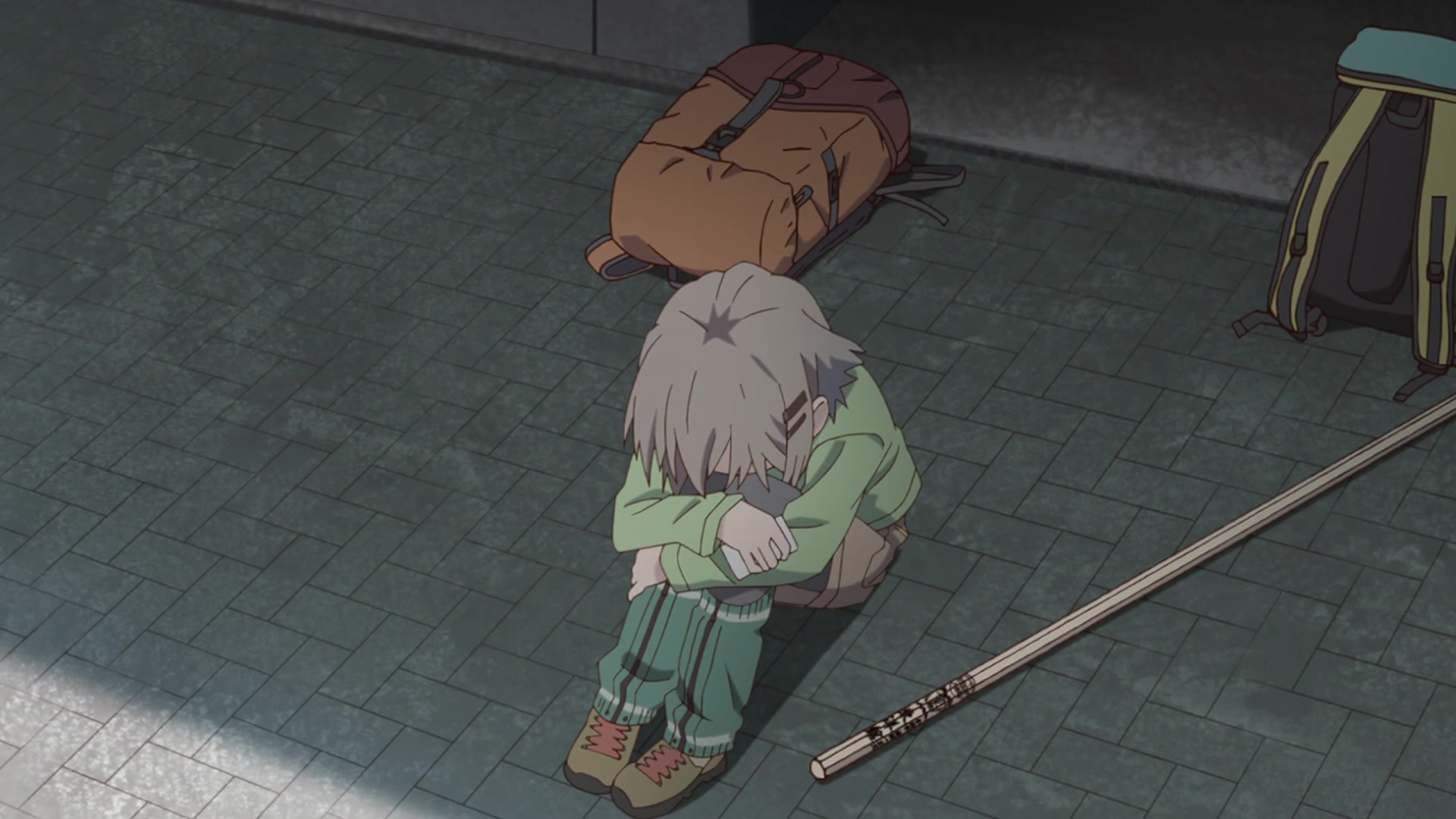



Participate In Discussions